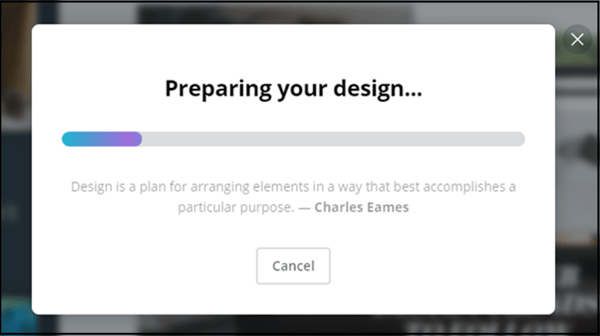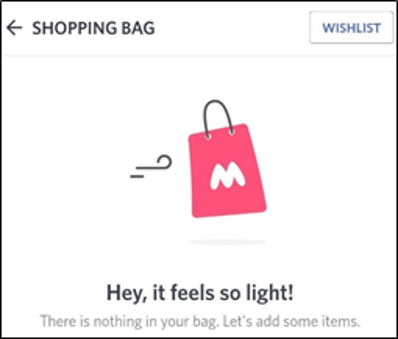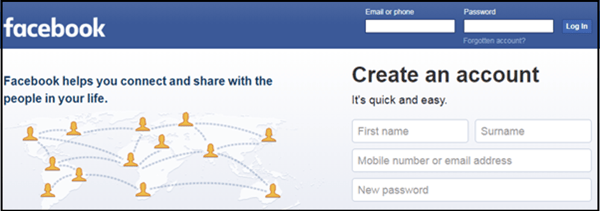When we read, we consider words as pictures and hear them spoken aloud. - Stephani Sutherland, Neuroscientist and Science Journalist
Digital experiences are continually evolving. As technology has already become a significant part of our daily lives, our interactions with web and mobile applications have become more and more immersive. Such applications – or, apps, as they are popularly known – are now designed to be user-friendly companions to complete any task. They are no longer computer programs that only provide the output for a given input. As a result, the design language of apps has changed radically.
UX: The new ‘IT’ factor
Apps are everywhere, be it on our computers or our smartphones, helping us access services and products across different verticals. Companies are now aware that the entire experience of using an app needs to be delightful, easy, and positive, to ensure that a user’s attention and engagement are retained. This is where User Experience (UX) steps in and becomes critical for an app’s success.
UX, as the name suggests, is a user’s overall experience of using an app to complete a desired task. This includes the user’s interaction within the app interface through different features such as:
- Buttons, menus, labels, loaders, and sliders
- Success, failure, notifications, prompts, and loading messages
Since these elements play such a pivotal role in determining the user’s experience, companies have also discovered a new-found importance for their written content. Hence, the focus on UX has now given birth to UX writing. This type of writing is ideally carried out by a UX writer and is aimed at digital platforms.
In UX writing, it is crucial for the words to sound just right for the context. The tone of UX writing depends on the character of the app, that is, the choice of text should mirror the kind of app it is written for. It can either adopt a formal, entirely professional tonality or it can be motivating, easy, and fun depending on the context.This is where UX writing also becomes relevant. The right words create a positive and empowering experience for the users, which increases their interest in the app.
UX Writing: Gentle and Human
The concept of UX writing is firmly rooted in a casual, conversational, and naturally occurring human interaction-based language, which makes an app appealing to use. The text of UX writing also needs to be clear, concise, and convenient enough to convey the correct intention and message to the user. This in turn, makes an app more human. The user-centric approach for UX writing is also crucial for the app’s success. However, there have been instances where unclear UX writing has led to confusion for the user.
For example,
Even while the very intention of an error message is to notify the user that something has gone wrong, it never seemed to be aimed at humans in the past.

Error code: 0x80070426? Well, good luck decoding it!
Since UX writing is intended for a large and varied audience, jargons and highly technical words must be avoided. Instead, it is much better to stick to a language that is easy to understand for everyone. This is why the following example is an ideal error message:

Effective UX writing beautifully blends in with technical instructions but is subtle enough to not hinder the app’s workflow. Thus, a user is not only guided about how to use the app but is also gently persuaded, encouraged, or congratulated on completing the intended actions. UX writing also empathizes with a user during unexpected technical glitches such as app crashes, connectivity issues, unresponsive behavior, and so on.
For example,
The success message can include ‘Awesome!’ to congratulate the user on completing a task, as simple as it may be.

Source: Airtel
The loading message can include a famous quote on the virtues of patience, to make the user’s wait time less painful.

Source: Canva
An empty shopping bag page of an e-commerce app or website can have a humorous one-liner to gently persuade the user to shop.

Source: Myntra
The sign-in page of a social networking site can highlight its benefits of staying connected with family and friends, while inviting a new user to create an account.

Source: Facebook
An app may also admit to an unexpected problem through a light-hearted message to calm the user.

Source: Firefox
UX writing also aims to replace formal words with everyday words that most users identify with. This approach is based on the search history of such words and observed usage patterns across a time period. For example, ‘Sign in’ is now used more often than ‘Log in’, on the login page of websites and apps. Similarly, the word ‘info’, which is now a part of everyday conversation, is now regularly used in place of ‘information’ on digital platforms.
Well-crafted UX writing can also increase the business derived from an app through careful selection of words as users feel motivated to perform transactions. Research shows that a button with the text ‘Get started!’ has a high chance of getting tapped as it gently encourages the user to launch the intended action. On the contrary, aggressively uncomfortable words such as ‘Add Credit Card’ are likely to discourage users from making a transaction.
UX writing is not a standalone or a one-time activity. A UX writer must be included in the product development process from the beginning or after one development sprint. This ensures that the writing is enhanced over several iterations as per the dynamic product vision and business requirements.
Some factors that influence UX writing are:
- Principles of the software product, such as fresh, trailblazing, or disruptive
- Communication tone, such as jovial, empathetic, or serious
- Collaborations and inputs from Product Managers and UX Designers
- User testing and feedback
The bottom line
UX writing is now an inherent part of UX design. Simple to understand and scannable writing, along with a consistent tonality, can be the differentiating factors between a good app and an average app. When the users understand and interact with an app’s features in a language, voice, and tone they are comfortable with, it is bound to be successful.
Good UX writing can also transform any ambiguous text in your app, into crystal-clear and easily understandable directions. It can engage, convince, and relax the users through its choice of words. This not only affects the UX design but the customer experience, too, in the best way possible.




